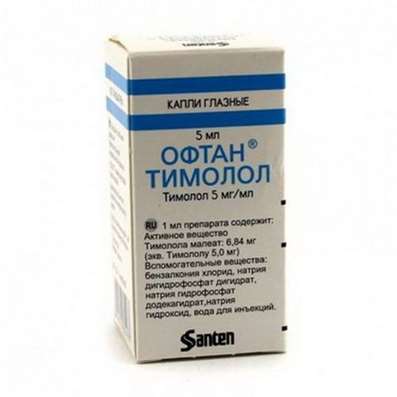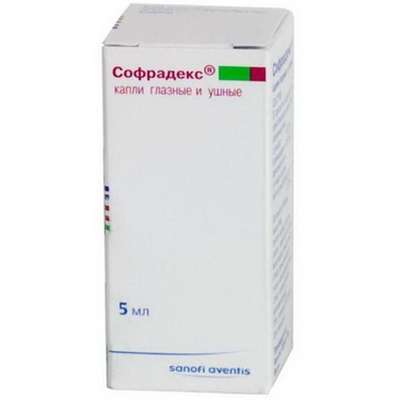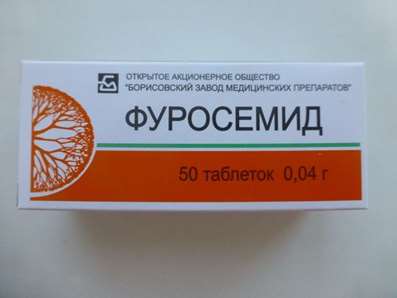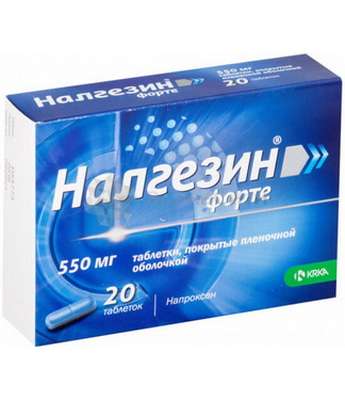Instruction for use: Life 600
I want this, give me price
Dosage form: coated tablets
Active substance: Deerslayer perforated herb extract (Hyperici perforati herbae extract)
Composition
1 tablet contains:
Active component
Hypericum perforated herb extract in ratio of medicinal raw materials - extract: 5-8: 1, extractant ethanol 50% (ml / ml) - 612.00 mg.
Excipients:
core tablet - maltodextrin - 61.20 mg, silicon dioxide - 14.80, talc - 32.00 mg, titanium dioxide (E 171) - 20.00 mg, lactose monohydrate - 64.00 mg, croscarmellose sodium - 80.00 mg, magnesium stearate - 12.00 mg;
Eudragit E 100 (butyl methacrylate, dimethylaminoethyl methacrylate and methyl methacrylate copolymer [1: 2: 1]) 13.37 mg, talc 7.97 mg, titanium dioxide (E 171) 6.67 mg, croscarmellose sodium 0 , 12 mg, magnesium stearate - 0.12 mg, macrogol 4,000 - 1.77 mg, riboflavin (E 101) - 4.38 mg.
Description of dosage form
Oval, biconvex tablets, covered with a film coating of yellow color with a transverse risk.
Pharmachologic effect
Mode of action - Antidepressant agent of plant origin.
Pharmacodynamics
The drug has antidepressant, anxiolytic and sedative effect.
The therapeutic effect of St. John's wort is mainly associated with the presence in it of naphthodianthrenes hypericin and pseudo-hypericin, a derivative of floroglucin hyperphorin and flavonoids. Thanks to them, the drug positively affects the functional state of the central and autonomic nervous system, which improves mood and attention, increases mental and physical activity, normalizes sleep in patients with depression.
The leading mechanism that causes the antidepressant effect of St. John's wort is oppression of the reuptake of norepinephrine, serotonin and dopamine.
Pharmacokinetics
Hypericin and pseudo-hypericin:
After a single dose, ingestion of 1 tablet Life® 600, the maximum concentration of hypericin in blood plasma (3.1 ± 1.6 ng / ml) is detected after 8.1 ± 1.8 hours. After 3 ± 1.4 hours, the maximum concentration of pseudo-hypericin is reached (8.5 ± 4.4 ng / ml). The half-life is 23.8 ± 5.5 h for hypericin and 25.9 ± 10.2 h for pseudohypericin.
Hypericins, due to their lipophilic nature, penetrate the hemato-encephalic barrier. Hyperforin:
After a single ingestion of 1 tablet Layf® 600, the maximum concentration in the blood plasma (83.5 ± 27.8 ng / ml) is observed after 4.4 ± 1.5 hours. The half-life period is 19.6 ± 6.4 hours.
With the daily use of Life® 600 (1 tablet per day), the equilibrium concentration in the blood plasma is reached within 14 days and amounts to about 2.8 ng / ml for hypericin, about 1.5 ng / ml for pseudohypericin, about 14.8 giperforin ng / ml.
Hypericin, pseudo-hypericin and hyperphorinum do not accumulate in the body.
Indications
Major depressive episodes of mild to moderate severity.
Contraindications
Allergies to St. John's wort or to any of the auxiliary substances of the drug, skin hypersensitivity to light (including history), severe depressive episodes, lactase deficiency, lactose intolerance, glucose-galactose malabsorption.
Simultaneous use of cyclosporine, sirolimus, tacrolimus or indinavir and other protease inhibitors used to treat HIV, irinotecan and other cytotoxic agents, as well as antidepressants.
It is not recommended to use in patients under the age of 18 years.
It is not recommended to use during pregnancy and during breastfeeding.
Application in pregnancy and lactation
Use during pregnancy and during breastfeeding is not recommended.
Dosing and Administration
Tablets are taken orally, without chewing, with a small amount of liquid, after breakfast.
If not prescribed otherwise, it is recommended to use 1 tablet 1 time per day for 4-6 weeks.
The decision to increase the daily dose or duration of treatment should be made only by the attending physician.
Since the effect of the drug develops gradually, during the first 14 days it must be taken continuously.
Side effects
The drug, as a rule, is well tolerated in recommended doses. Side effect develops rarely, not more than 1-3% of patients, and is represented mainly by the following undesirable phenomena:
From the skin:
photosensitization (more often in HIV-infected patients and patients with fair skin), allergic skin reactions (skin itching, skin rash, urticaria).
From the central nervous system:
anxiety, fatigue, headache.
From the digestive system:
nausea, abdominal pain (including in the epigastric region), flatulence, diarrhea, or constipation. In the literature it is reported that St. John's wort can cause dryness of the oral mucosa and anorexia, but until now they have not been observed with the use of the preparation Life® 600.
Overdose
Until now, there is no evidence of overdose of Life® 600.
In case of taking the drug in excessive doses, it is necessary to protect the skin from sunlight or UV irradiation for 2 weeks.
Interaction
Pharmacokinetic interaction
St. John's Wort preparations induce the activity of the enzymes of the cytochrome P 450 system. This can lead to a weakening and / or shortening of the clinical effect of the coumarin anticoagulants (eg fenprocumone, warfarin), immunosuppressants (eg, cyclosporin, sirolimus, tacrolimus), digoxin, indinavir and other inhibitors proteases used for the treatment of HIV, irinotecan and other cytostatics, amitriptyline, midazolam, theophylline.
In women with simultaneous application of St. John's wort with low-dose hormonal contraceptives, intermenstrual bleeding is possible.
Pharmacodynamic interaction
With the simultaneous application of St. John's wort with a number of antidepressants (nefazodone, paroxetine, sertraline), the pharmacological effect of the latter can be intensified. In some cases, unwanted (serotonergic) effects such as nausea, vomiting, a sense of fear, restlessness, confusion may increase.
It is theoretically possible to enhance the phototoxic effect of St. John's wort, when combined with photosensitizing preparations.
The simultaneous application of St. John's wort with cyclosporine, sirolimus, tacrolimus or indinavir and other protease inhibitors used for HIV treatment, irinotecan and other cytostatics, as well as antidepressants is not recommended (see Contraindications section).
In all cases where other medicines are prescribed, it is necessary to consult a doctor.
Special instructions
During the reception of the drug, patients should avoid intense UV radiation (prolonged exposure to the sun, under a UV lamp, in a solarium) or to perform the necessary sun protection measures.
Due to the presence of lactose in the formulation, its use is not recommended in case of deficiency of lactase, lactose intolerance, glucose-galactose malabsorption (see Contraindications section).
When used simultaneously with low-dose hormonal contraceptives for the period of treatment with the drug, the use of additional non-hormonal methods of contraception is recommended.
Impact on the ability to drive and machinery
During the period of treatment, it is not recommended to operate vehicles and mechanisms.
Release form
The tablets covered with a film membrane 612 mg.
For 20 tablets in a blister of aluminum foil.
1.3 or 5 blisters are placed in a cardboard box together with instructions for use.
Packing for hospital.
5 blisters are placed in a cardboard box together with instructions for use. 5 cardboard packs are grouped together using a paper marked tape.
Storage conditions
In dry, the dark place at a temperature of no higher than 25 ° C.
Keep out of the reach of children.
Shelf life
3 years.
Do not use after the expiration date printed on the package.
Conditions of leave from pharmacies
On prescription.

 Cart
Cart





